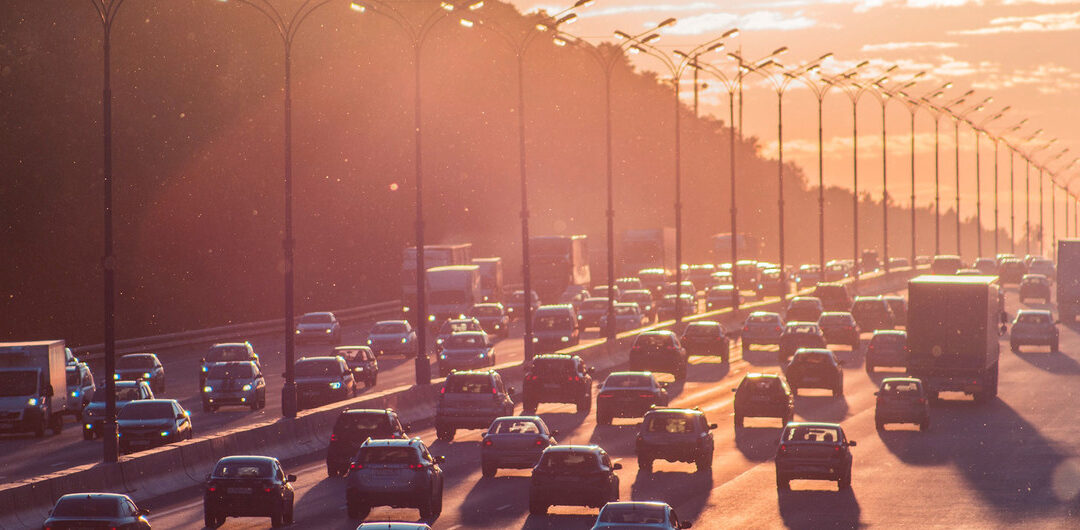Many of the capital’s 20 million residents complained of irritation in the eyes and itchy throats with the air turning a dense grey as the AQI hovered around 480 in some monitoring stations
New Delhi:
India’s capital New Delhi was blanketed by a thick layer of toxic haze on Friday, and some schools were ordered closed as the air quality index (AQI) plummeted to the worst level for any major city in the world.
A combination of lower temperatures, still wind and crop stubble burning in neighbouring farm states has caused a spike in air pollutants, officials said.
Invoking stage III of pollution control plan, deploying anti-smog guns and re-launching the ‘Red light on, Gaadi off’ campaign are among the measures taken by the Delhi government and other agencies with the city’s air quality entering the ‘severe’ category, officials said.
According to a Delhi government official, the Graded Response Action Plan (GRAP) stage 3 has been implemented in the national capital with a complete ban on construction or demolition activities.
The Centre’s pollution control panel invoked the GRAP III on Thursday, directing a halt on non-essential construction work, stone crushing and mining in Delhi-NCR. Under this stage, restrictions are also imposed on the operation of BS III petrol and BS IV diesel four-wheelers in Delhi, Gurugram, Faridabad, Ghaziabad, and Gautam Budh Nagar.
The Delhi administration, which has stepped up measures to tackle the pollution menace, has deployed anti-smog guns in several places such as Anand Vihar, Kashmiri Gate ISBT, ITO, Pusa Road, Jahangirpuri, Narela Industrial area, and Burari Crossing, officials said.
Many of the capital’s 20 million residents complained of irritation in the eyes and itchy throats with the air turning a dense grey as the AQI hovered around 480 in some monitoring stations.
An AQI of 0-50 is considered good while anything between 400-500 affects healthy people and is a danger to those with existing diseases. “In my last 24 hours duty, I saw babies coughing, children coming with distress and rapid breathing,” Aheed Khan, a Delhi-based doctor said on social media platform X, formerly known as Twitter.
There were fewer people in the city’s parks such as Lodhi Garden and India Gate, popular with joggers, a Reuters witness said. Residents snapped up air purifiers and one service centre for the appliances said there was a shortage of new filters and fresh stocks were expected on Monday.
Officials said they saw no immediate improvement in the air quality.
“This pollution level is here to stay for the next two to three weeks, aggravated by incidents of stubble burning, slow wind speed and cooling temperatures,” said Ashwani Kumar, chairman of the Delhi Pollution Control Committee.
Farmers in the northern states of Punjab, Haryana and Uttar Pradesh typically burn crop waste after harvesting in October to clear their fields before they sow winter crops a few weeks later. This year, attention on the worsening air quality has cast a shadow over the cricket World Cup hosted by India, with financial capital Mumbai also suffering from a spike in pollution levels.
Delhi hosts a World Cup match on Monday between Bangladesh and Sri Lanka. New Delhi topped a real-time list on Friday of the world’s most polluted cities, compiled by Swiss group IQAir which put India’s capital’s AQI at 611 in the ‘hazardous’ category, followed by 277 in Pakistan’s Lahore city.
While junior schools in the capital New Delhi were ordered shut for Friday and Saturday, they were open in the suburbs and children were forced to bring out masks that had been put away since the COVID-19 pandemic and wear them as they boarded their school buses.

